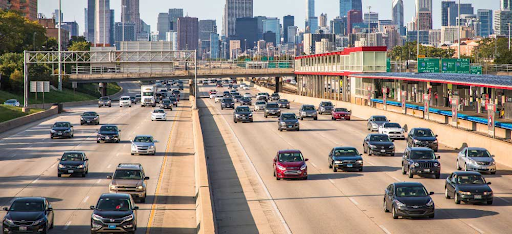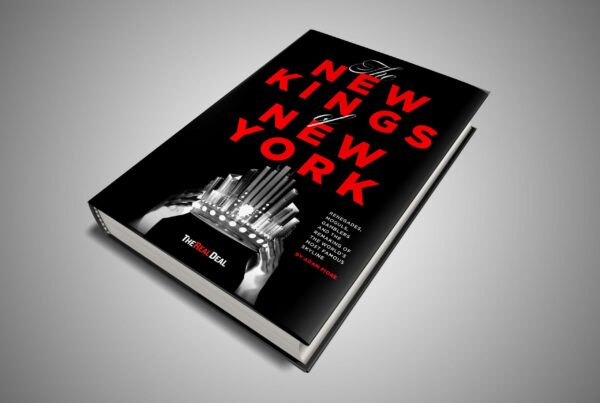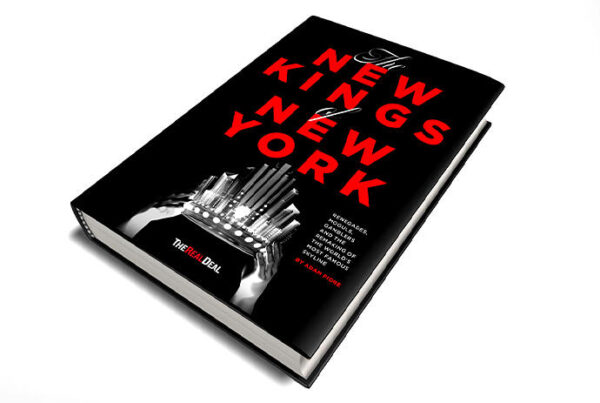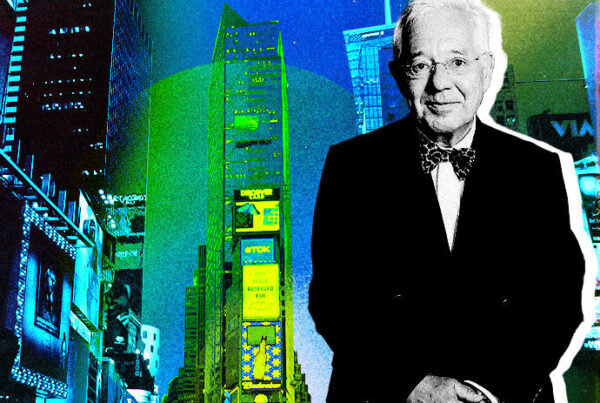
Despite a summer in which Chicagoland was almost entirely reopened, many of our travel patterns remain drastically different than they were before the pandemic. With that comes new congestion challenges and tips and tricks to getting around. Let’s take a look at what’s changed in the Chicagoland transportation system.
Traffic has been back for quite some time — a Chicago Metropolitan Agency for Planning analysis found near “back to normal” traffic levels even last summer — but not necessarily at the same times or locations as before. Traffic is always somewhat subjective based on the routes each individual takes, but patterns have shifted as some car trips remain greatly reduced, like those to schools and offices, while others have fully roared back, like social and recreational trips. These patterns will continue to shift, but the pressing question is how quickly as fears over the Delta variant and the unvaccinated hold a cloud over further reopening plans.
These changing patterns echo a trend found in Metra ridership: while average weekday ridership remains around only 20 percent of pre-COVID norms, off-peak and weekend ridership have recovered far stronger. To reflect this, the agency has introduced pilot schedules on four lines that prioritize more frequent and reliable options outside of rush hour. For example, weekday trains on the UP-North line now run every 30 minutes or less between Chicago and Winnetka even outside of rush hour.
Transit ridership is healthier overall in the city, where crowds have returned to CTA trains and buses this summer. Rail ridership increased 94 percent between January and mid-June. Overall system ridership in June was over 600,000 per weekday, or around 40 percent of pre-pandemic levels. Weekend ridership recovery has been even higher as city events, games, and concerts returned. CTA and Metra eagerly await the return of more workers to the office and more students to schools.
Even if you haven’t been in the city much recently, you won’t be surprised to hear that the rebuild of the Jane Byrne Interchange, the perpetually congested junction between Interstates 290 and 90/94 just outside downtown Chicago, remains nowhere near finished. New ramps are opening in phases, but the project chugs through its ninth year with plenty of work remaining.
The pandemic accelerated one notable change on regional highways: the end of cash tolling on the Illinois Tollway. All tolling is now processed by I-Pass or online after the fact, reducing backups for those who don’t have an I-Pass or misplaced it. As the number of electric vehicles (EVs) on the road continues to increase, EV drivers will be pleased to hear that the State of Illinois recently embarked on a highway signage plan to help connect drivers with nearby charging stations.
However, the nationwide labor shortage and mismatch between supply and demand hasn’t spared local transportation. Ridehail apps Uber and Lyft have seen a double-whammy of dramatic price increases and limited driver availability this year, hampering a popular option for many Chicagoans. The companies have reported adding more drivers this summer.



